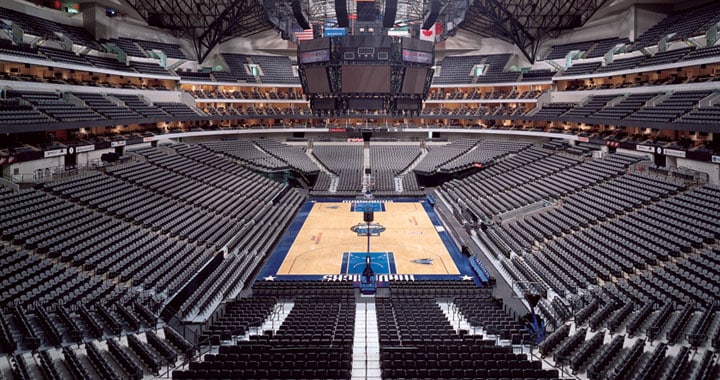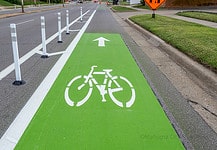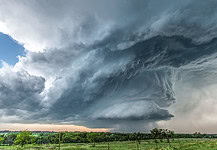Oklahoma Cityans will vote in a December 12 election to decide for/against a penny sales tax to fund a new, bigger NBA arena. In this series, Free Press is exploring the different angles on what has become a contentious issue for the city. For the first report, we provide a rundown of key points of the “yes” position for the new arena.
OKLAHOMA CITY (Free Press) — In less than one month, OKC voters will have the final say on whether to approve or deny the continuation of a one-cent sales tax to fund a new $900 million arena in the upcoming special election.
The Oklahoma City Thunder is on a three-year extension after their initial 15-year contract with the city expired earlier this year. If voters approve of a new downtown arena, the club commits to remain in OKC for another 25 years.
The new arena, projected to cost over $900 million, would be mostly funded through a six-year extension on an existing penny sales tax, which is currently dedicated to MAPS 4 projects. Under the proposal, the one-cent sales tax will persist beyond the expiration of MAPS 4 in 2028. Because of this, proponents argue there will be no additional tax increase for the new arena over what is currently being paid for MAPS 4.
If passed, the Thunder’s ownership group led by Clay Bennett, will contribute $50 million to the project. In addition to that, at least $70 million will be reallocated from the originally approved MAPS 4 funds designated for the existing PayCom arena downtown.
Proponents
Advocates for a new arena; including the Greater OKC Chamber of Commerce, Keep OKC Big League, Mayor David Holt, and various local businesses and organizations, contend that the economic benefit brought by the OKC Thunder far outweighs the estimated $900 million it would cost to fund it.
Mayor David Holt has been advocating for a proposal for a new NBA arena for over a year, emphasizing the economic impact of keeping the Thunder in OKC.
“The Thunder’s arrival in 2008 forever changed the way the world sees us and the way we see ourselves,” He wrote on (X) Twitter in September when announcing the finalized plan for a new arena. “What I have heard overwhelmingly from our residents is that we want to remain a big-league city. With this plan, that status is secured for another generation.”
Advocates of ‘Keep OKC Big League’ argue that investing in a new arena is necessary to guarantee the Thunder’s presence in OKC.
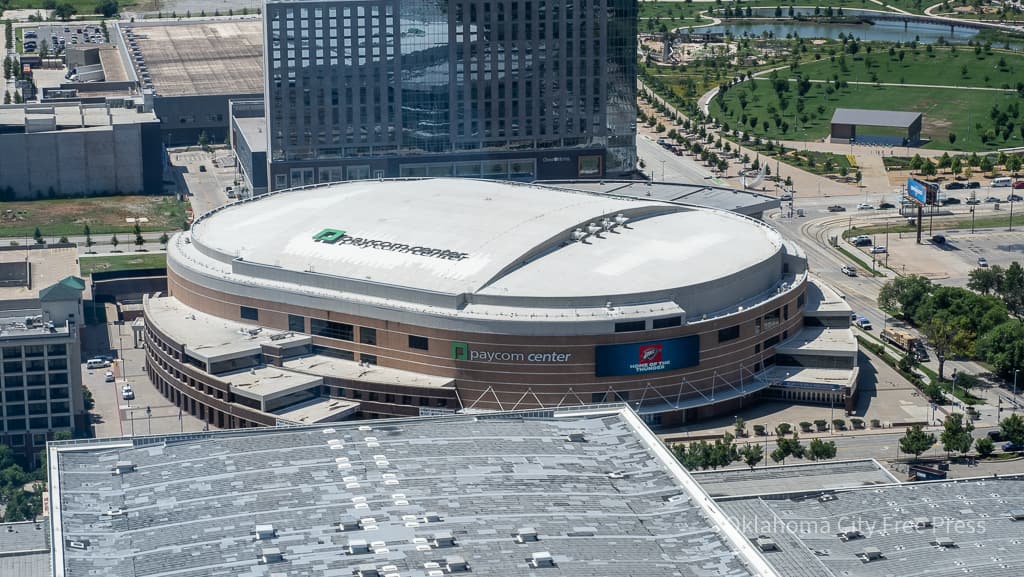
The campaign website points out the fact that there are multiple cities larger than OKC, including Las Vegas and Seattle, with high-quality arenas that aspire to have an NBA franchise. In light of these competitive factors. supporters believe it’s imperative for the city to invest in maintaining its status in the league.
The Estimated Economic Impact
On Wednesday, the Greater OKC Chamber of Commerce unveiled the findings of an economic impact study detailing the economic benefits associated with a new NBA arena in OKC.
According to the report, conducted by Applied Economics of Phonix, Arizona, the arena and the OKC Thunder support an estimated annual economic impact of $590 million, sustaining over 3,000 jobs. The research indicated that the construction of the new arena would yield approximately $1.3 billion, fostering the support of over 10,000 jobs during the construction phase.
“This study, using real inputs from arena activity, makes it clear that the impact on our economy is significant,” said Christy Gillenwater, CEO of the Chamber, in a press release. “There is an
important impact to the families dependent on the arena activity – those that work in the building, along with restaurants, hotels, and companies that provide goods and services to them.”
As outlined in the study, the annual estimated tax revenue impact from arena activity would contribute approximately $9 million to the city of Oklahoma City, $4 million to Oklahoma County and school districts, and $17 million to the state of Oklahoma.
“This arena matters for so many reasons – the image the NBA brings to our community, the world stage we are on because of what happens there, the joy and connection it brings to concertgoers and basketball fans – but a vitally important piece is the jobs it brings to families in our city,” said Gillenwater.
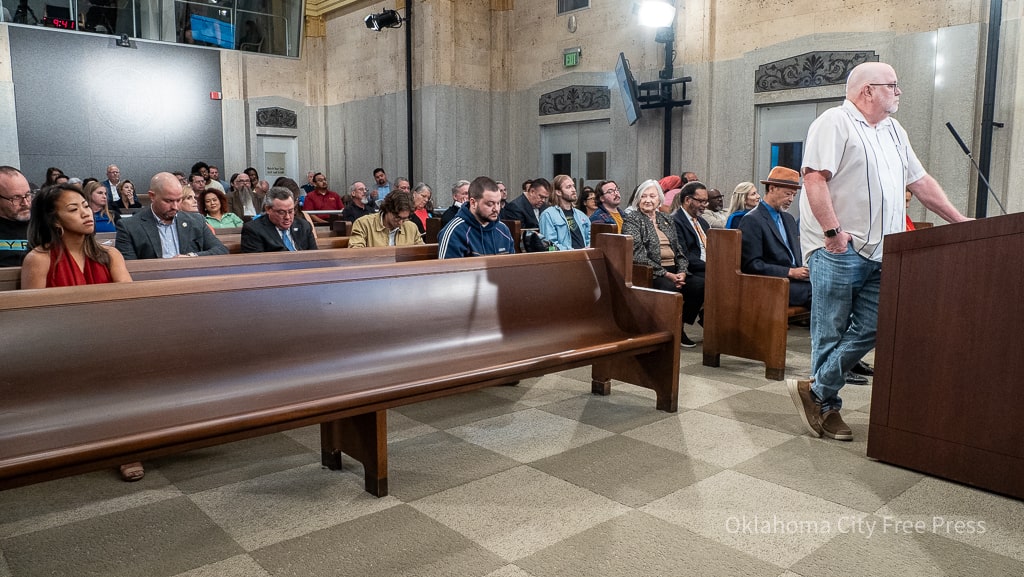
Labor leaders of trades and construction unions in OKC are also in favor of the arena pointing to the new work that would be generated in the construction of the proposed arena.
In an agreement with the City Council, the leaders agreed to a process meant to train members of the community for the new jobs and for wages to be commensurate with “those paid by the City of Oklahoma City and its trusts ….”
Currently, an exact location for a new arena has not been determined. However, the ordinance specifies that the new arena will be located downtown. If passed, the arena is projected to open for the 2029-2030 NBA Season
Election day is Dec. 12 and the final day to register to vote was Nov. 17.
Next in this series, we will explore the arguments against the proposed new arena. Watch this space.
Brianna Garcia is a freelance journalist covering local politics and culture for Free Press. She has a degree in Journalism from the University of Central Oklahoma.
